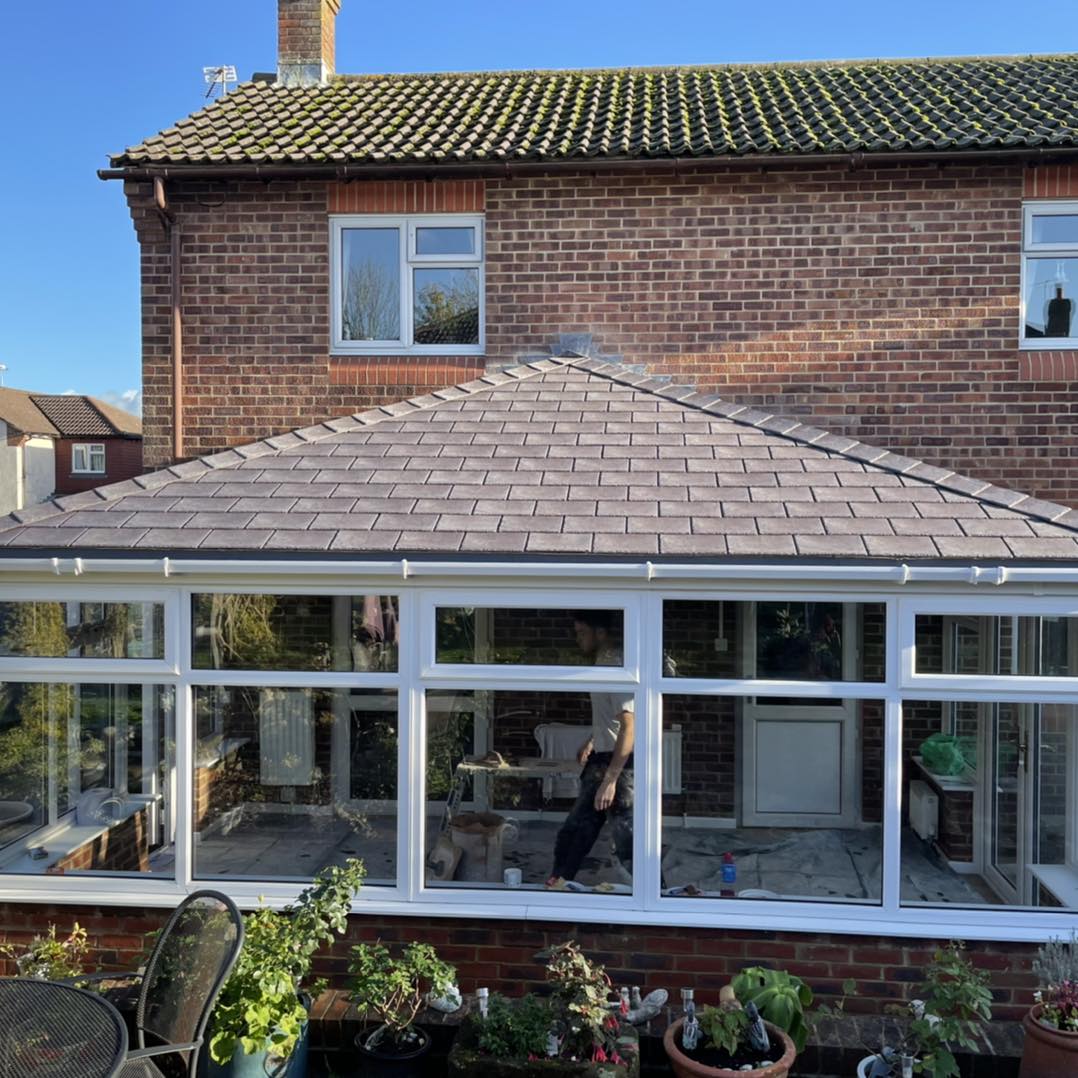In an era where energy efficiency is becoming increasingly important in residential properties, homeowners are seeking innovative solutions to reduce their carbon footprint and lower their energy costs. One often overlooked area that can have a significant impact on a home’s energy usage is the choice of a conservatory roof.
Conservatories have long been favoured by homeowners as a way to bring natural light and additional living space into their homes. However, the type of roof chosen for a conservatory can make all the difference when it comes to energy efficiency.
By selecting an energy-efficient conservatory roof, homeowners can effectively regulate the temperature within their conservatory, reducing reliance on heating and cooling systems and ultimately saving on energy costs. This not only benefits the environment but also provides long-term financial savings for homeowners.
In this entry, we will explore the various options available for conservatory roofs that prioritize energy efficiency. From insulated roofs to solid tiled roofs, we will delve into the pros and cons of each choice and highlight how they contribute to creating a more sustainable home.
Whether you are considering building a new conservatory or looking to upgrade your existing one, understanding the impact of your choice in conservatory roof materials is crucial in achieving optimal energy efficiency. Join us as we uncover how incorporating eco-friendly solutions into your conservatory design can lead to a greener future for both your home and our planet.
Understanding Conservatory Roofs
Conservatory roofs, pivotal in defining the character and functionality of conservatories, play a crucial role in determining the energy efficiency of these glass-walled extensions. Broadly, conservatory roofs come in various types, each with its unique properties and contributions to energy performance.
Insulated roofs are designed with energy conservation at their core. They typically consist of layers that trap heat, significantly reducing heat loss in colder months while keeping the conservatory cool during warmer periods. This insulation is key to maintaining a consistent temperature, leading to lower heating and cooling costs.
Tiled roofs, on the other hand, offer a traditional aesthetic. They are known for their durability and robustness against weather elements. Tiled roofs are less transparent than glass or polycarbonate roofs, providing better insulation and reducing heat loss. Their solid construction also aids in minimizing external noise.
Solid roofs, a more recent innovation, combine the aesthetics of traditional roofs with modern technology. These roofs are usually constructed with lightweight materials and are well-insulated. They provide the best of both worlds: the charm of a classic conservatory and the energy efficiency of contemporary design.
Each roof type brings its unique advantages in terms of energy efficiency, and the choice often depends on the specific needs of the homeowner, including considerations of aesthetics, maintenance, and climate.
The Science of Energy Efficiency in Conservatories
The impact of conservatory roofs on energy efficiency is significant, as they play a crucial role in regulating the temperature within the structure.
The thermal properties of the materials used in the roof dictate its insulation capacity. Well-insulated roofs help maintain a stable temperature, reducing the need for excessive heating in winter and cooling in summer. This balance hinges on the careful management of solar gain – the process by which a structure absorbs and retains heat from sunlight.
Effective roof designs, therefore, must strike a balance: maximizing natural light and heat during colder periods while minimizing excessive solar gain in warmer months. The design of the roof, including aspects like glazing, the angle of inclination, and ventilation systems, also greatly influences heat loss or gain. A well-designed roof can thus significantly enhance the energy efficiency of a conservatory, leading to more sustainable living spaces and reduced energy costs.
5 tips to maximise energy efficiency with the right conservatory roof:
- 1. Choose Insulated Roofs for Cooler Climates: In areas with colder weather, insulated roofs are essential. They help retain heat within the conservatory, reducing the need for additional heating.
- 2. Opt for Tiled Roofs in Mixed Climates: Tiled roofs offer good insulation and are suitable for areas with a mix of hot and cold weather. Their solid construction helps maintain a stable temperature.
- 3. Select Lightweight Solid Roofs for Versatility: Solid roofs are versatile and suitable for various climates. Their lightweight construction and insulation properties make them ideal for both heat retention and reflecting excessive sunlight.
- 4. Consider the Conservatory’s Orientation: The direction your conservatory faces affects its exposure to sunlight. Choose a roof type that complements this orientation for optimal energy efficiency.
- 5. Assess the Conservatory’s Usage: Think about how you intend to use the conservatory. For a year-round living space, prioritize roofs with better insulation properties. For occasional use, you might opt for less intensive insulation.
In conclusion, selecting the right conservatory roof is pivotal for achieving optimal energy efficiency. The right roof not only enhances the aesthetic appeal of your conservatory but also plays a crucial role in maintaining a comfortable, energy-efficient environment. We encourage you to consider energy efficiency as a key factor in your conservatory roof decisions.
As specialists in conservatory roofs, we are committed to guiding you through this process, ensuring that your choice not only meets your aesthetic desires but also aligns with your energy efficiency goals.
Reach out to us for personalized advice and solutions tailored to your specific needs and preferences. Together, let’s create a conservatory space that is both beautiful and sustainably efficient.




